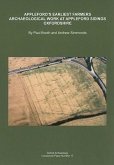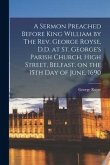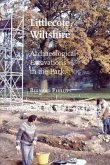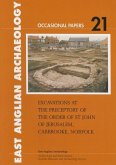Archaeological investigations, undertaken as part of a programme to restore St George's Church, Bloomsbury, to its original Hawksmoor splendour, involved the removal of 871 triple lead-lined coffins from within the crypt and monitoring works within the churchyard. The elaborate named coffins of upper middle class parishioners provided a valuable opportunity to greatly develop the new field of post-medieval coffin analysis, and to integrate historical, archaeological and osteological data in order to build a vivid picture of this population. Over 90% of coffins were named, which allowed a rare opportunity to blind test osteological methods on 72 skeletons, whilst analysis of documentary and osteological evidence has challenged some long-held beliefs in post-medieval burial archaeology. Disease patterns in the St George's assemblage were influenced by the longevity and affluence of this population, factors that also underlay the necessity for elaborate and expensive dental treatment, including very early examples of fillings, filing and dentures.








